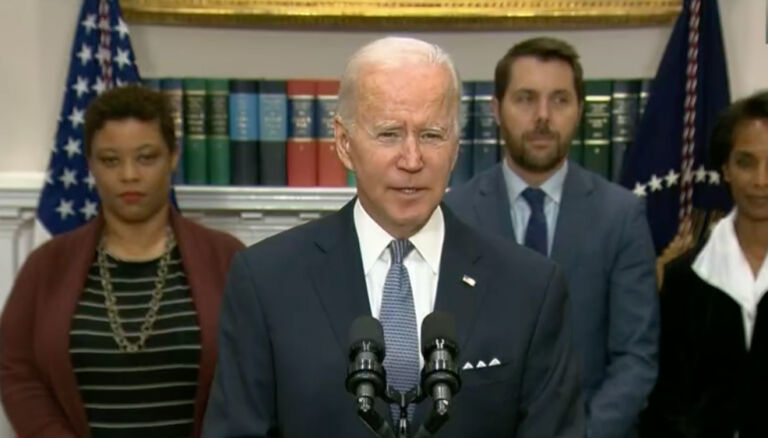Economist Casey Mulligan explains in a Federalist column how President Biden’s proposed COVID-19 bill would thwart American economic progress. It comes down to basic economics.
President Biden’s plan for federal coronavirus relief resembles the American Recovery Reinvestment Act (ARRA) signed by President Obama after the 2008 financial crisis. It uses several federal agencies to separately distribute financial assistance to persons unemployed, in poverty, or otherwise with low incomes, on top of the dozens of programs already in place. Predictably, it will result in a disappointing economic recovery as long as it lasts.
The plan includes a $100 weekly unemployment bonus, on top of the $300 bonus passed last month, which itself is on top of about $400 in weekly state unemployment benefits. It also includes additions to rental assistance, food stamps, health insurance assistance, and direct payments to households, all of which are available only if the recipient remains unemployed or otherwise with sufficiently low income. Biden also proposes to more than double the federal minimum wage.
Each of these types of assistance has been studied, with some authors finding no “statistically significant” adverse effect on hiring, work behavior, or earning power. But expect, as Obama’s team did 12 years ago, Biden’s team to assert that the adverse effects are zero for the individual programs and their combination.
Theirs is a “fallacy of the heap,” a logical fallacy that was well known to the ancients, long before economics was a distinct profession. The fallacy notes that removing a single grain of sand from a heap of sand still leaves us with a heap of sand. The same with the second grain of sand, and the third, and so on. Therefore, according to the fallacy, any number of grains of sand can be removed without removing the heap itself.
Every introductory economics teacher has to confront this fallacy.


